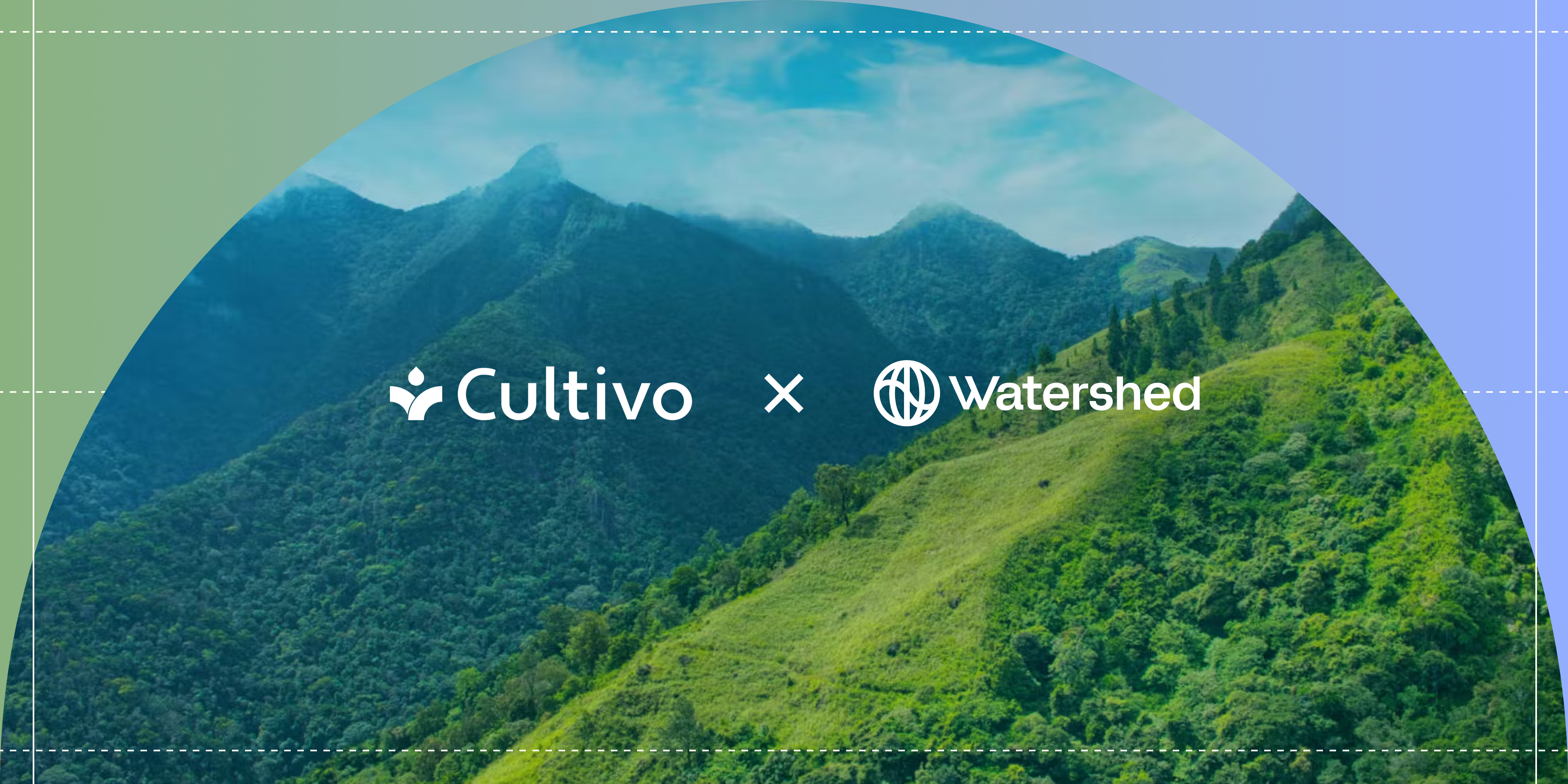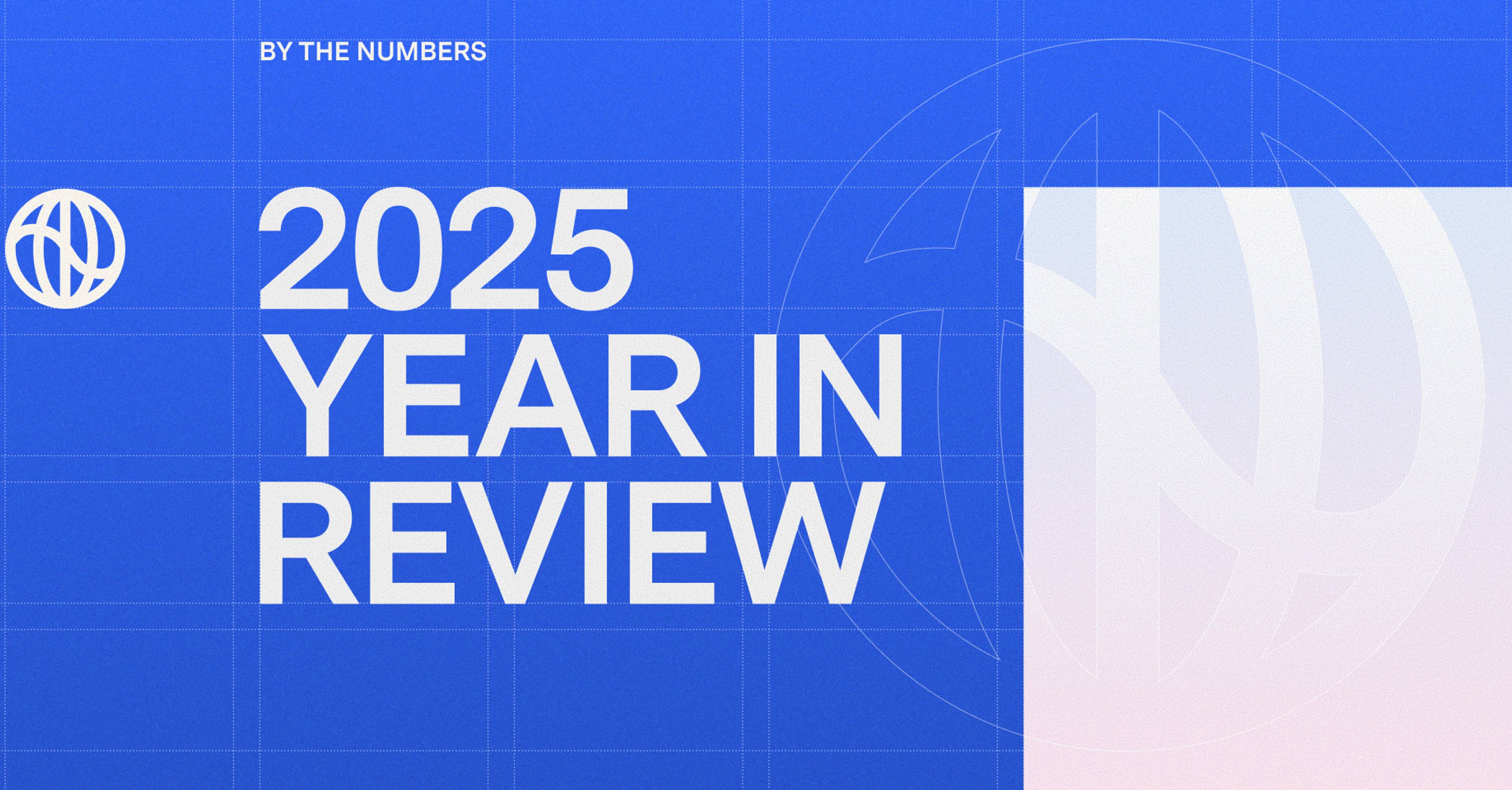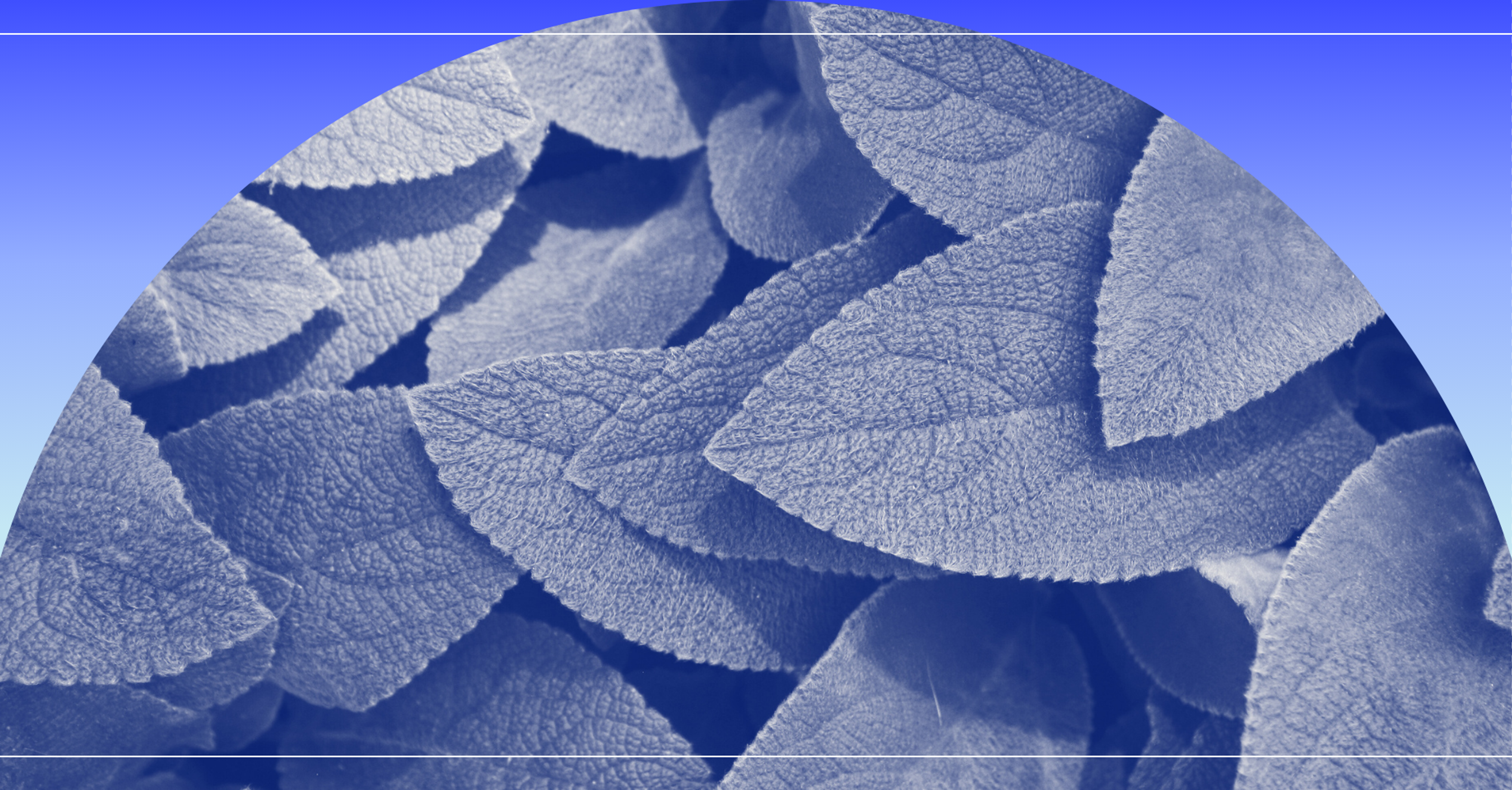Solving the climate crisis can be reduced to simple math: emit less carbon, and remove carbon already in the atmosphere. But there are myriad ways to approach this, and one of them is investing in nature through regenerative practices.
This is exactly what Cultivo does. Their team identifies degraded ecosystems, and finds investors to fund the work of bringing them back to life. The monetary value of the healthy ecosystem comes from the carbon it absorbs, but the impact extends much further. Every regeneration project is completed in partnership with landowners and local communities that receive long-term economic benefits, and these revived landscapes also restore biodiversity, improve the soil health and increase the climate resilience of the land. In the past 15 months, Cultivo’s pipeline of land under management has grown from 200,000 to over 70 million hectares.
“We’re focused on accelerating investments into nature, and our goal is to regenerate 1% of the Earth’s landmass,” says Manuel Piñuela, Cultivo’s founder and CEO.
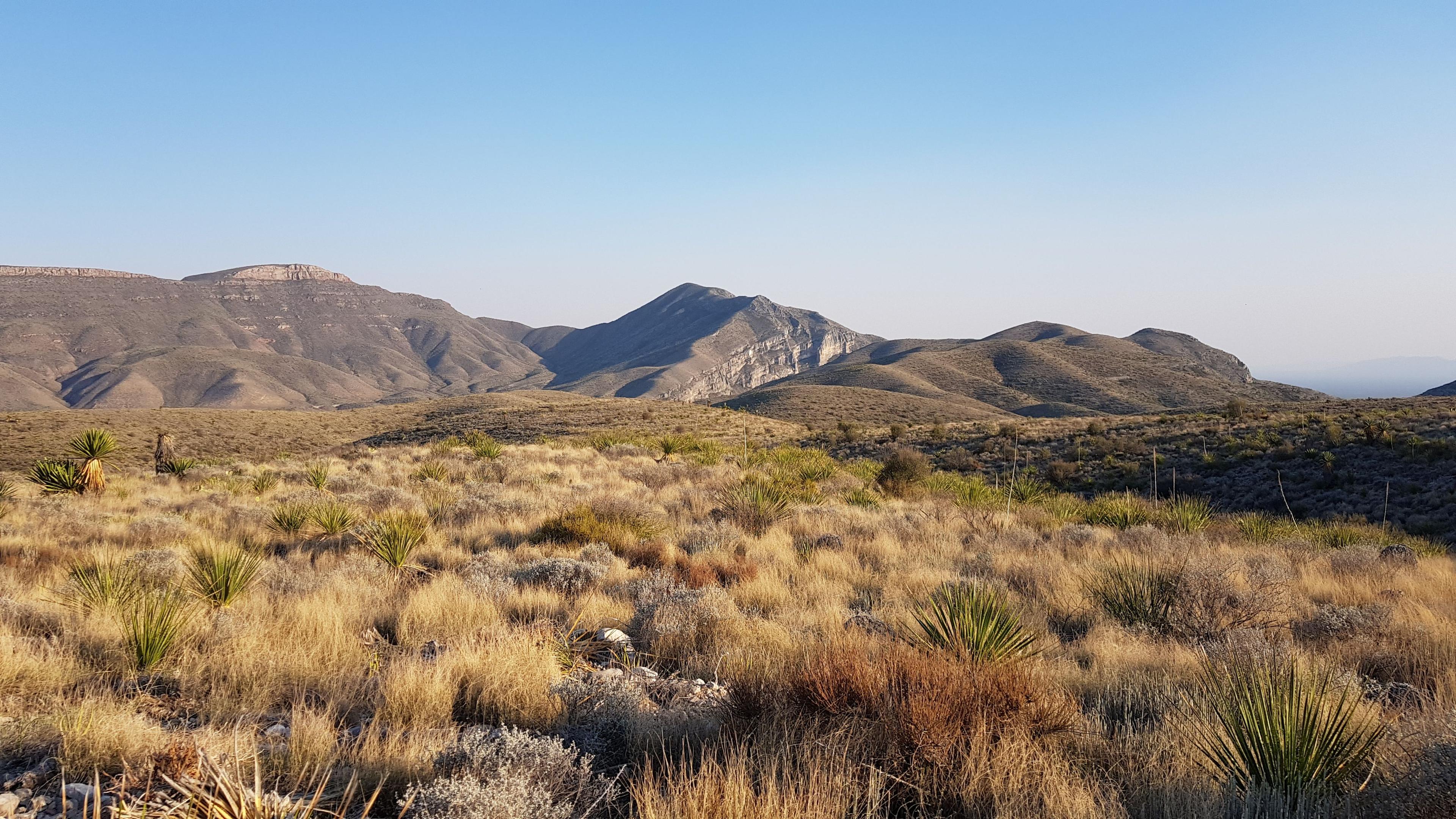
Their work begins with a sophisticated data platform. Cultivo’s algorithm sifts through satellite imagery to identify degraded land that’s ripe for regeneration. They score potential project sites based on several criteria including how much carbon can be captured, how much biodiversity restored, the potential for improving water retention, and the potential for positive impact on the local community.
If a site is identified as suitable for investment, they assemble a robust data profile of the ecosystem which serves as a baseline to measure the impact of restoration work. The next step is identifying project developers and investors: the partners on the ground to participate in restoration, and the capital to make it happen.
“Finding local partners, both landowners and NGOs and developing true partnerships with them is critical to project success,” Piñuela says. Investors to fund the projects are not hard to find, he says. “It's a seller's market.”
Cultivo and Watershed have partnered on a regeneration project in Northern Mexico, where farmers are using regenerative agriculture—grazing cattle in a way that mimics the movement of a native herd—to revive a natural grassland that was rapidly desertifying.

“This project is able to satisfy the quality Watershed is always looking for because we have so much data to assess the baseline at the start of every project,” says Piñuela. “We have all the data at the start and then, through the life of the project, we collect data on the ground that allows us to authenticate claims related to carbon removal. It all goes back to making sure that the quality of the carbon removal tonne is well understood by all stakeholders.”
Cultivo uses a combination of geospatial soil carbon model assessment, soil collection and testing, and deployment of on the ground sensors to measure near real-time data on soil health and carbon removed. They conduct regular meetings with ranch staff, and use sensors and expert surveys to track the biodiversity gains and social impact.
The biodiversity bounceback has been “fast, and impressive,” says Piñuela. “We see black bears and pumas in places where they weren’t before.” The payoff is coming in the form of high-quality carbon credits for Watershed customers, but also the benefits to the landowners who are participating are so attractive that the scale of the project keeps growing as more people want to get involved.
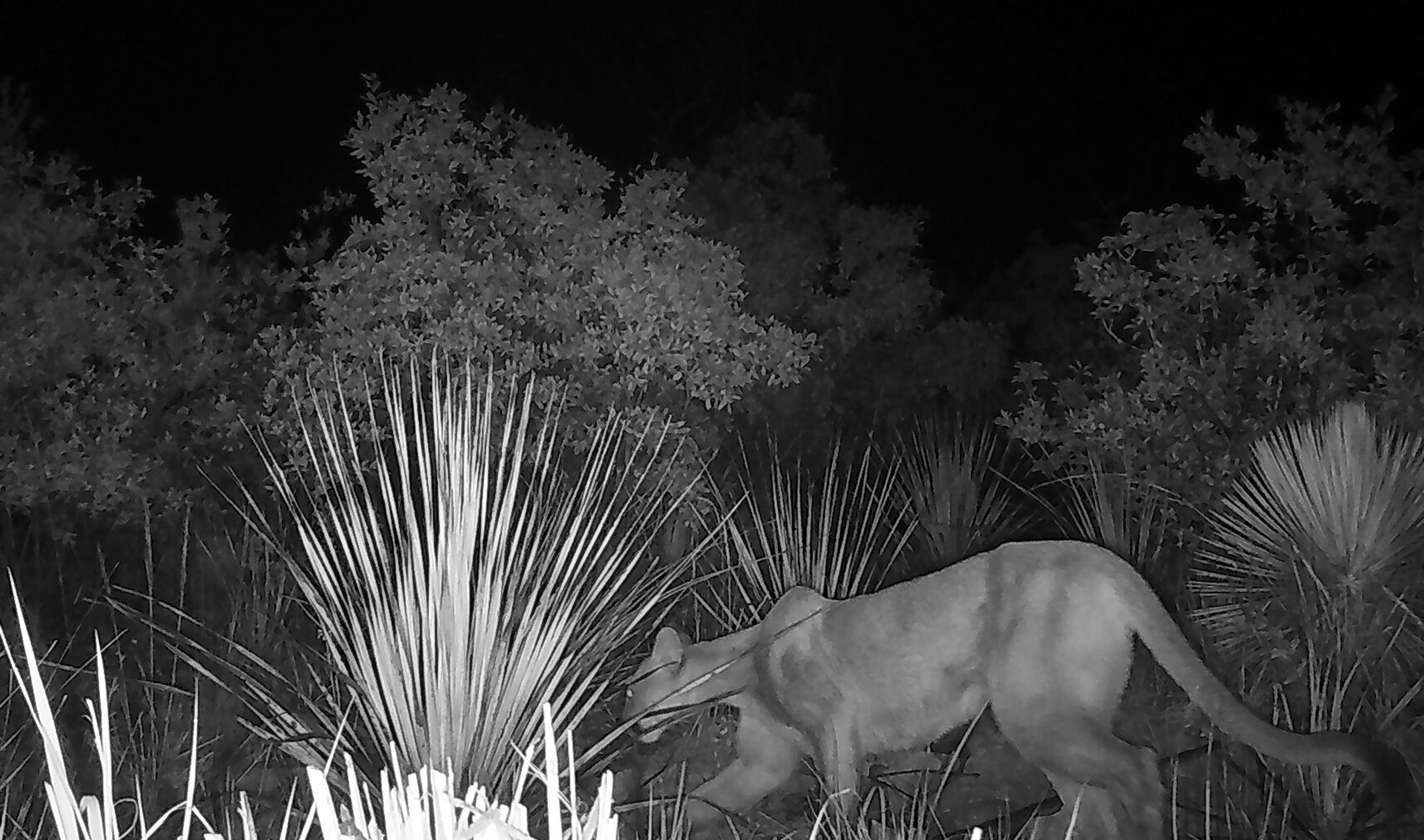
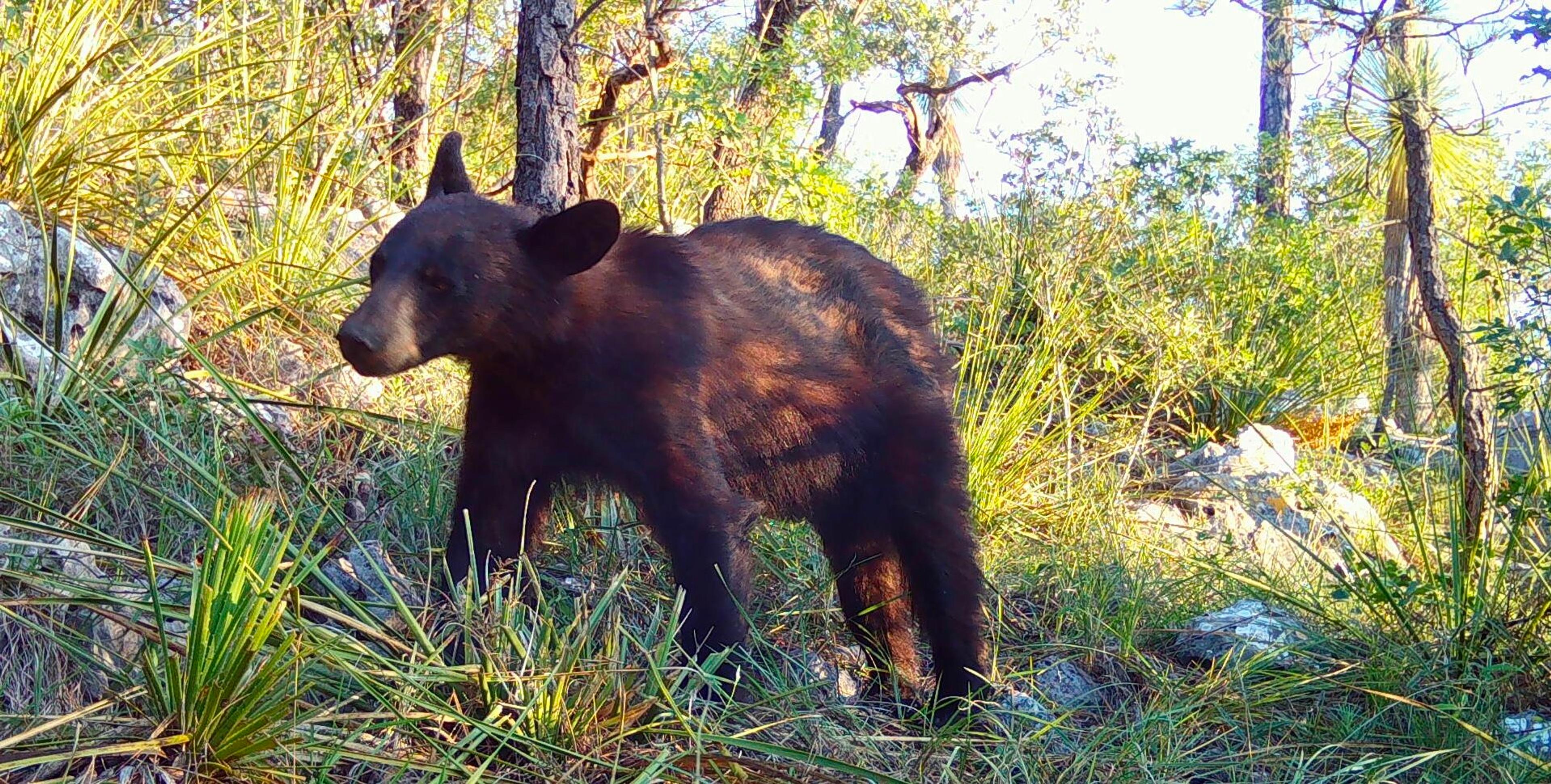
“From our point of view, we have seen amazing growth mainly due to two reasons,” Piñuela says. “On one side, unfortunately, it’s because our planet is extremely degraded. On the other side, it’s because we're just starting to hit the acceleration button; matching the opportunities we have to regenerate ecosystems around the world with companies who are looking to invest in nature.”
